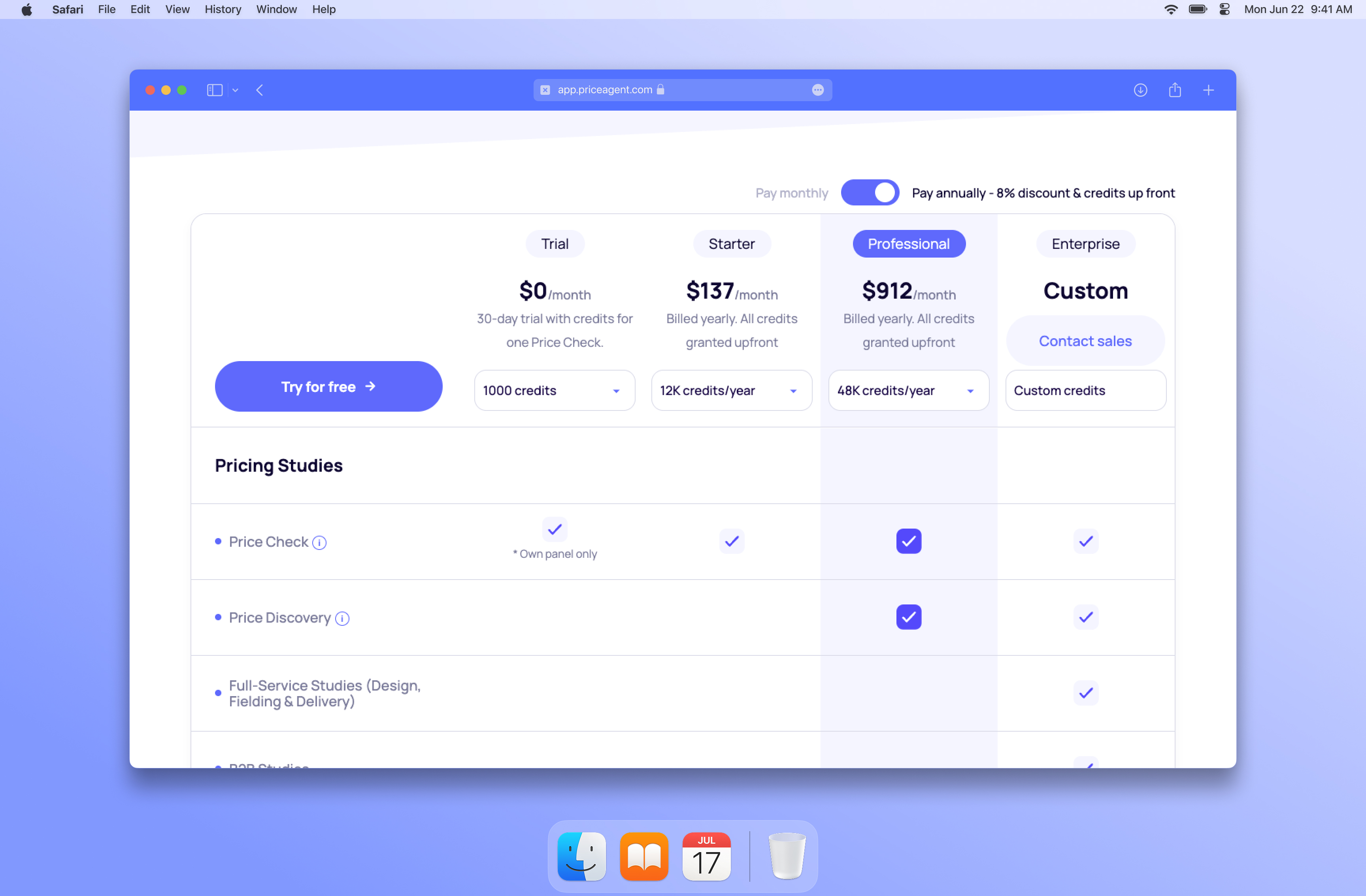Understanding Customer Willingness to Pay Through Data-Driven Customer Analysis
Use data-driven customer analysis techniques to determine customer willingness to pa

In any business, pricing plays a crucial role in determining profitability. Setting the right price point can help businesses attract and retain customers, while maximizing revenue. However, determining the optimal price point can be a complex process, as it involves understanding customer behavior and preferences. This is where customer analysis comes in.
Customer analysis is a data-driven approach to understanding customer behavior and preferences. By analyzing customer data, businesses can gain insights into customer demographics, purchasing behavior, and willingness to pay. In this article, we will explore how businesses can use customer analysis to determine customer willingness to pay and optimize their pricing strategies.
Understanding Customer Willingness to Pay
Customer willingness to pay refers to the maximum amount a customer is willing to pay for a product or service. It is influenced by a variety of factors, such as customer demographics, product value proposition, and competition. Understanding customer willingness to pay is essential for businesses to set the right price point that maximizes revenue and profit.
Using Customer Analysis to Determine Willingness to Pay
To determine customer willingness to pay, businesses can use customer analysis techniques such as conjoint analysis and price sensitivity analysis. Conjoint analysis involves presenting customers with different product configurations and pricing options and asking them to choose their preferred option. This approach can help businesses understand how different product features and pricing options impact customer willingness to pay.
Price sensitivity analysis involves analyzing customer data to identify how price changes impact customer behavior. This approach can help businesses determine the optimal price point that balances customer demand and revenue.
Optimizing Pricing Strategies Based on Customer Analysis
Once businesses have a clear understanding of customer willingness to pay, they can use this information to optimize their pricing strategies. For example, businesses can use customer segmentation to target high-value customers who are willing to pay more for their products or services. They can also adjust their pricing strategies based on product value proposition and competition to stay competitive in the market.
Case Studies
To illustrate the real-world impact of using customer analysis to determine willingness to pay, here are two case studies:
E-commerce: An online retailer used conjoint analysis to identify the product features and pricing options that resonated most with their target customers. They adjusted their pricing strategies accordingly and saw a significant increase in revenue from those customers.
SaaS: A software company used price sensitivity analysis to determine the optimal price point for their product. By adjusting their pricing strategies based on customer behavior, they were able to increase revenue and improve customer satisfaction.
Conclusion
Customer analysis is an essential tool for businesses to understand customer behavior and preferences. By using customer analysis to determine customer willingness to pay, businesses can optimize their pricing strategies and maximize profitability. By analyzing customer data and using data-driven techniques, businesses can gain a competitive advantage and stay ahead of the curve in their respective industries.




